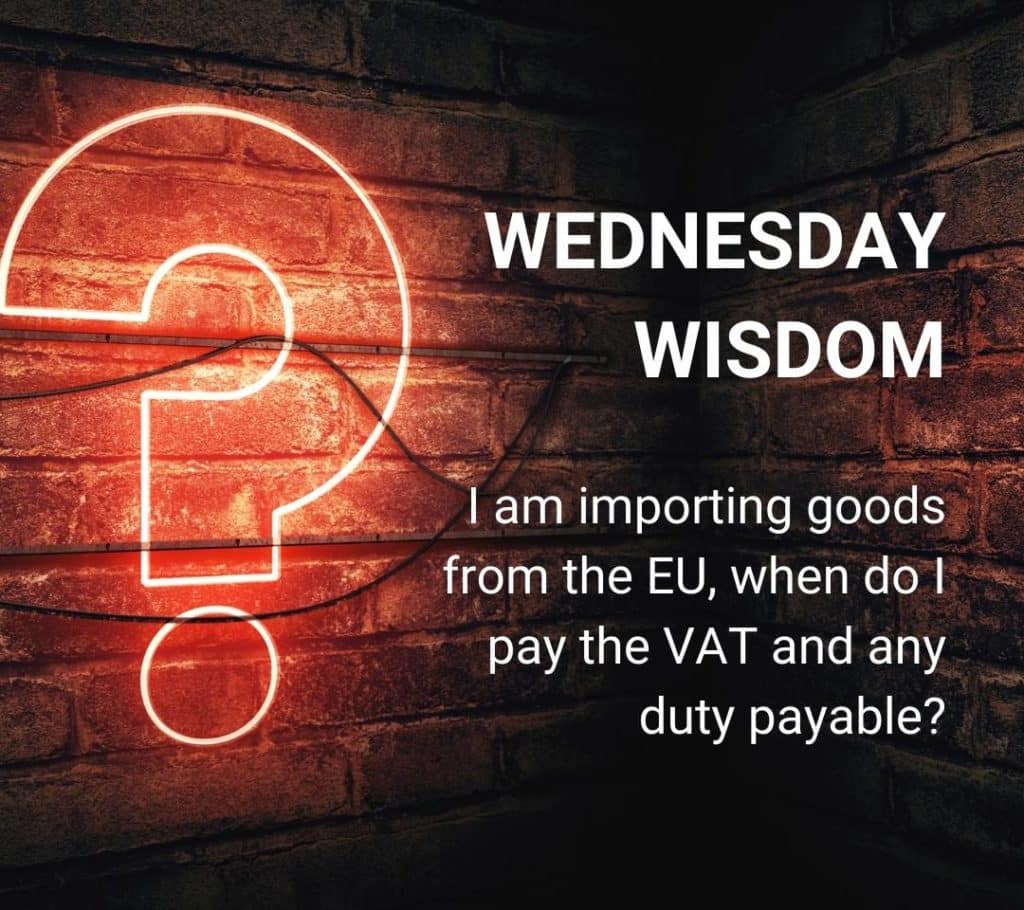This article was written by Decision Magazine for WardWilliams Creative and Creative UK.
“When you are building a business you wear so many hats it means you often feel you are under-performing,” says Mina Song, co-founder and head of strategy at Picnic Studio. “In a creative company there is the additional need to find a balance between commerce and art. You have to be able to look at a project in terms of benefit for the client, profit for your business, and that the output is going to enhance the creative reputation you want your business to have.

Its Picnic, Not Personal
And you can’t take things personally, she stresses. “If a client isn’t bowled over by what you present to them, the reaction of a creative can be ‘how can you not like our work’? So we have to be able to separate ourselves from what has been created, not to see it simply as an art form. Of course, for the founders of the company, that will happen over time as the business grows and they then have people in place who are producing the actual work. But it can still hurt when a prospective customer says they can get something done at less cost elsewhere when you can see the work they have been commissioning isn’t as good.”
Of course, also in the formative years of a creative company, there can be a reluctance to actually part with the work. “There can be a tendency to want to continually weak everything,” she laughs.
Story Telling

Animation, the studio’s raison d’etre, is an interesting and arresting way of story telling for film, television, and social media, and I think its potency can be lost in the promotion of virtual reality,” says Liam O’Connor, co-founder
The founders originally studied together and then went off to do freelance work separately. “We were motivated to start our own business because we wanted to create a platform which is scalable,” Song explains. “As freelancers, at the end of the chain, we couldn’t undertake anything more or better then we can physically do ourselves. We wanted to create something which would grow beyond our individual talents. I think the confidence to start up comes from being prepared to do something without really knowing what you are letting yourself in for.”
The story behind Picnic
The name of the company came from a short film the founders were making which told the story of children in labour companies which, applying irony, they intended to call Picnic. “We kept it to remind us that we be doing work which makes a difference rather than being focused on the pursuit of money,” Song explains. Only later did the founders wonder, depending on accent and pronunciation, whether the name was not too distant from Pixar.
Some 90% of their work comes from agencies who will see something on the Picnic Studio showreel and want something along similar lines for their client.
Creating a Picnic Identity

“Some creative companies are known for what I suppose you could describe as their core characteristics or IP, such as Aardman Animation, creators of Wallace and Gromit, Shaun the Sheep, Chicken Run. You can see that it’s their work,” explains O’Connor. “Others will be distinctive because of their processes but you wouldn’t be able to readily identify who produced the finished work. I would like to think we can create animation which people will recognise as being the work of Picnic Studio because of our characteristics and approach. After all, we write, produce, and direct in-house.”
“What a creative business should do is to break down the brief to identify the element which will create the energy, and the inspiration,” adds Song. “Then we let the ideas bubble up. It isn’t enough just to be animators or designers.”
Certainly there’s the intellectual rigour here to make that happen. Picnic’s head of production is a psychology BSc, and Song has a philosophy degree. Not that she stresses the point. “Another facet of a creative company is that it can’t just look at someone’s qualifications. It’s about having a desire to learn new things, to discover new techniques. While we want to be working with talented people, we want them to have different perspectives.
“And a creative company needs to play as seriously as it applies itself to work. You can’t be creative without providing head-space. The customer is paying for what comes out of your method of thinking, not the process.”
How Picnic Achieve their goals

“What is important to achieve your goals,” adds O’Connor, “is to establish the tone of voice for the work you want to be doing , and that can mean having to act like you are a bigger business. One of the ways of doing that is to clearly communicate your proposition and how you deliver it in a way which doesn’t lose your audience because it becomes tedious or too technical. It shouldn’t be too much of an ask. After all, communication part of the creative process, and it’s what we do.”
What Song would like to see is a specific corporation tax rate for SMEs in the creative sector, as well as change in the rules to enable them to receive development funding. “A percentage of government investment in films to be shot and shown in the UK should be allocated to animation,” she maintains.
“We want to have a reputation for making awesome animation, which isn’t about seeking fame but building a legacy. Over 90% of film animation is generated in the US, and we want to pull some of it to the UK.”



